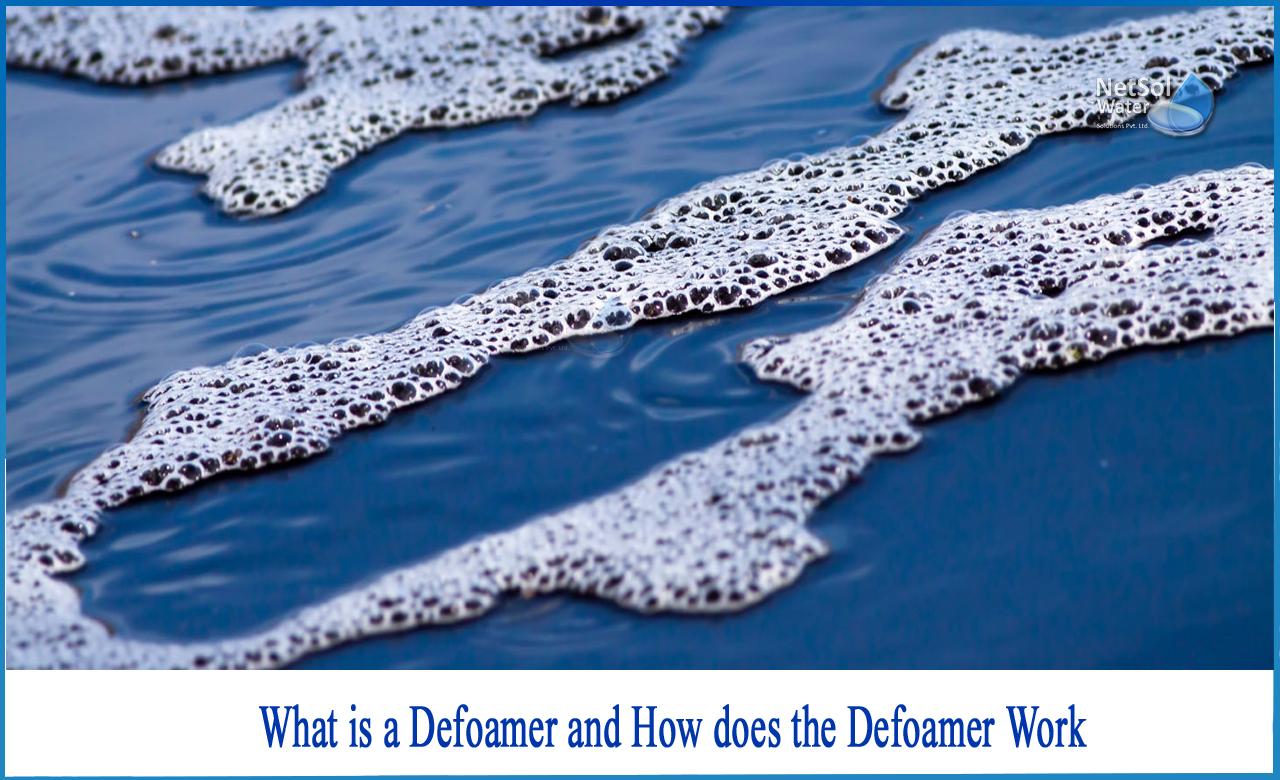Why Defoamers Are Essential in Water Treatment and Waste Management
The Role of Defoamers in Enhancing Item High Quality and Performance
Defoamers serve as necessary ingredients that reduce this concern, making sure smoother manufacturing operations while enhancing the practical and aesthetic attributes of the last items. The option of the suitable defoamer can be crucial to accomplishing optimum results, increasing essential questions regarding formula compatibility and performance metrics that warrant more expedition.
Comprehending Defoamers
Comprehending the duty of defoamers is vital for maintaining product quality throughout different industries. Defoamers are chemical ingredients made to lower and stop the formation of foam in fluid systems, which can adversely affect processes such as mixing, filling up, and surface tension. Lathering can result in inefficiencies, product issues, and endangered visual allure, making defoamers a critical element in manufacturing procedures.
In commercial applications, defoamers assist to enhance item consistency and security. For instance, in the paint and finishings industry, foam can interfere with the application procedure and the final coating. In food and beverage manufacturing, excessive foam can hinder bottling and packaging effectiveness. The reliable use of defoamers not just guarantees smoother manufacturing processes however also contributes to remarkable product efficiency.
Additionally, the option and formulation of a defoamer must align with certain application needs, such as compatibility with other components, efficiency under differing temperature level and pH conditions, and prospective regulative restrictions. Eventually, comprehending defoamers' functions and their significance in different formulations is critical for maximizing manufacturing and ensuring the highest possible high quality output.
Sorts Of Defoamers
Defoamers can be categorized into numerous kinds based on their composition and system of activity. The key types include silicone-based, non-silicone natural, and not natural defoamers.
Silicone-based defoamers are among one of the most reliable, mostly due to their capability to spread promptly on the liquid surface area and interrupt foam formation. Their one-of-a-kind chemical structure permits premium security, making them appropriate for high-temperature applications and environments with differing pH degrees.
Non-silicone organic defoamers, often composed of all-natural oils or fats, are valued for their biodegradability and lower toxicity. These are typically made use of in food and drink applications where security and ecological effect are extremely important.
Inorganic defoamers, which consist of substances like talc or calcium carbonate, act by enhancing the thickness of the liquid, consequently decreasing foam security. They are typically used in industrial procedures where compatibility with other products is not an issue.
Each kind of defoamer has distinct advantages and constraints, permitting tailored remedies relying on the particular frothing problems encountered in various applications. Recognizing these distinctions is crucial for maximizing efficiency and attaining wanted product quality.
Applications Throughout Industries
Various industries take advantage of defoamers to enhance item high quality and functional effectiveness. In the food and beverage field, defoamers are essential in procedures such as developing and milk manufacturing to avoid foam formation, which can result in ineffectiveness and product incongruity. By controlling foam, makers can ensure much better yield and a more uniform product.
In the pharmaceutical industry, defoamers play a vital role in the formula of liquid drugs, where extreme foam can impede mixing and exact application. Their usage helps keep the stability of the formulations and helps with smoother production procedures.
The paint and coatings industry also counts on defoamers to boost the efficiency of products throughout application. By reducing foam, these ingredients ensure a smoother surface and improve the visual high qualities of the end product.

Benefits of Using Defoamers
While the application of defoamers differs throughout sectors, their advantages constantly boost item high quality and process efficiency. One substantial advantage is the reduction of foam formation during making procedures, which can otherwise bring about production hold-ups and inconsistencies in item high quality. By decreasing foam, defoamers make it possible for a smoother circulation of materials, assisting in much more efficient operations and reducing the chance of equipment malfunctions.
Additionally, making use of defoamers can enhance the look and appearance of end products. In sectors such as finishings, paints, and food handling, extreme foam can compromise the visual aesthetic appeals and total quality, while the suitable defoamer application ensures a consistent finish and desirable qualities. Additionally, defoamers can add to cost financial savings by reducing waste during manufacturing and maximizing using resources (defoamers).

Selecting the Right Defoamer
Picking the best defoamer is important for optimizing manufacturing processes and making certain product quality. The choice of defoamer influences not only the performance of foam control but recommended you read also the total efficiency qualities of the final item. Variables to think about consist of the type of application, the chemistry of the solution, and the ecological problems under which the item will certainly be used.
Different sectors might need details defoamer types, such as silicone-based, natural, or polymeric defoamers. Recognizing the compatibility of the defoamer with the primary components is necessary to prevent damaging responses that can endanger product integrity. Additionally, the defoamer's effectiveness in different temperature levels and pH levels have to be assessed to make sure constant efficiency.
Examining the defoamer in small-scale applications can supply beneficial understandings into its performance and viability. Consideration of governing compliance, specifically in Discover More Here food, drugs, and cosmetics, is paramount in picking a defoamer. Ultimately, a comprehensive assessment of these elements will certainly result in the choice of a defoamer that not only controls foam successfully yet likewise boosts the high quality and performance of the end product.
Conclusion

To conclude, defoamers are important additives that substantially improve item high quality and performance throughout various industries. By successfully minimizing foam development, these representatives not only improve operational effectiveness however likewise add to the visual and functional honesty of products. The calculated choice and application of defoamers bring about cost savings, maximized source use, and enhanced client satisfaction. Generally, the relevance of defoamers in industrial procedures can not be overemphasized, as they play an important role in attaining premium and consistent end results.
Lathering can lead to inefficiencies, product issues, and endangered visual charm, making defoamers a crucial element in making operations.
